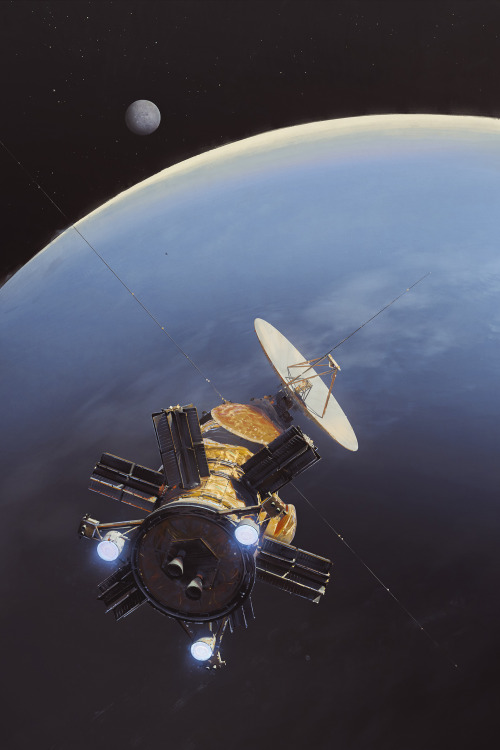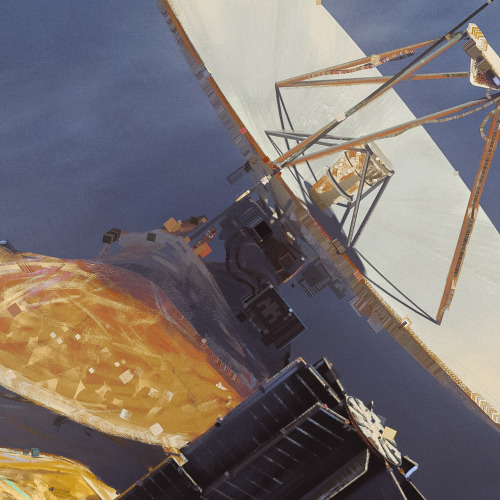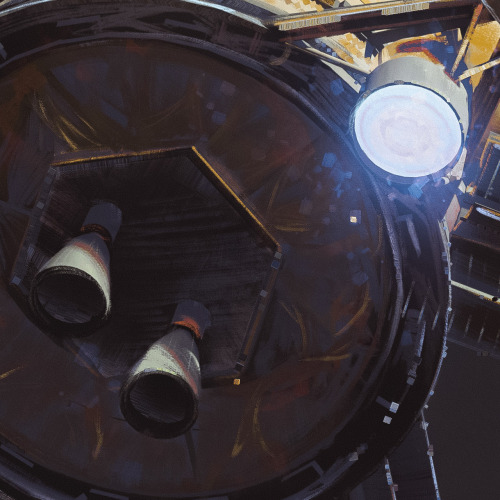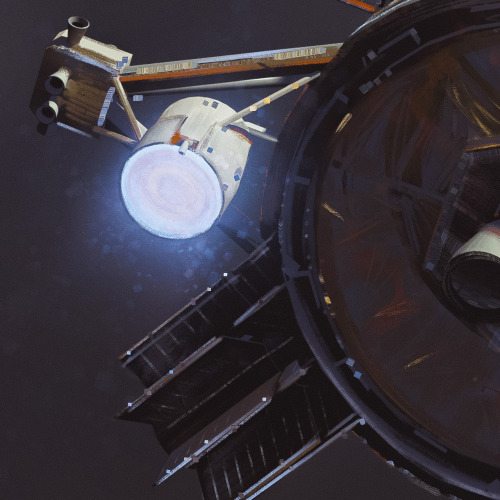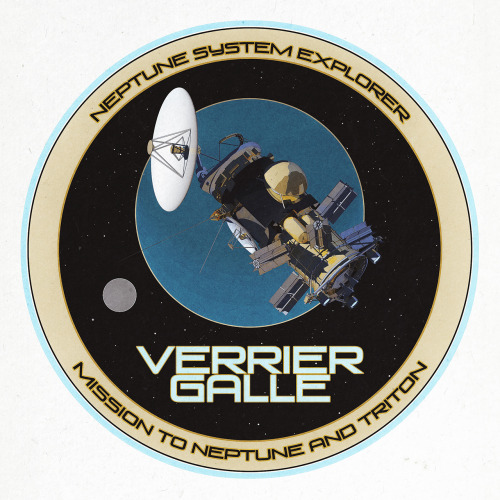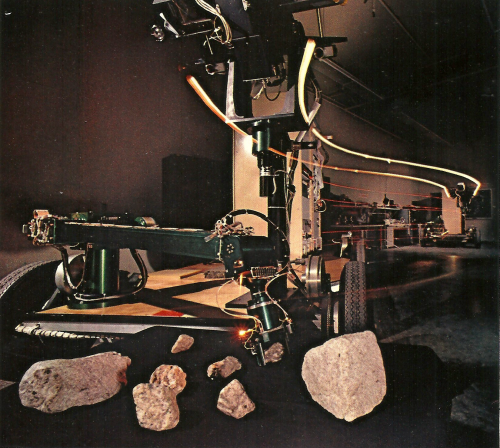#jet propulsion laboratory
Speculative mission
Neptune system space probe “Verrier-Galle”. Roughly based on a “Neptune System Explorer” study from 2011 by JPL and NASA, which would be a Cassini-style spacecraft exploring Neptune and its moons.
I had started working on this back in 2015, then abandoned it for another 2 years, then picked it up again in late 2017, to finally rediscover and finish it this week. Thanks @kowalska_kaska for cool Neptune facts that reminded me about this piece ️
Post link
Galileo Probe descending into Jupiter’s Atmosphere shows heat shield separation with parachute deployed, as it “hangs on the shrouds” and samples the atmosphere of the largest planet in the solar system, a key moment in the flight of Galileo. The probe entered the sunlit side of Jupiter’s atmosphere and provided the first direct sampling of the planet’s atmosphere. The Jet Propulsion Laboratory had over-all management responsibility for Galileo. NASA’s Ames Research Center was responsible for development of the probe.
Post link

